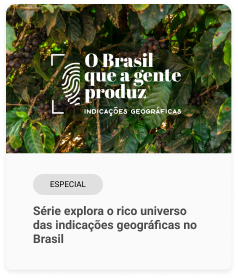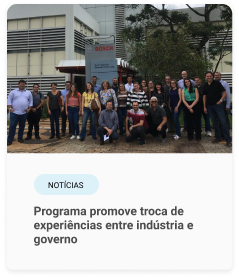In Intellectual Property, CNI acts mainly with Industrial Property, which involves rights on invention patents, trademarks, industrial designs, geographical indications, industrial secrets and repression of unfair competition. Industrial Property boosts creations and stimulates technological development by granting temporary exclusivity to inventors, entrepreneurs, researchers, so that they can search the financial return for their inventions.
This system stimulates innovation, provides legal security for companies and protects what was invested to originate these inventions. Industrial Property also disseminates knowledge and is decisive to the economic development of the country and to the competitiveness compared to other markets. For the growth of innovation in Brazil, it’s fundamental to understand the benefits, challenges and importance of this system. Get to know more about the history of Intellectual Property:

All started in the Republic of Venice
In the 15th century, when the region’s government created a law to protect inventors of arts and sciences who lived there.


1967
The World Intellectual Property Organization (WIPO) was created to promote, through international cooperation, the creation, dissemination, use and protection of works from human mind for economic, cultural and social progress.


1970
The National Institute of Industrial Property (INPI) was created in Brazil in 1970 and is responsible for the examination an the granting of industrial property rights.

Basis of Industrial Property

Industrial Design
Ornamental plastic form of an object or ornamental set of lines and colors that can be applied to a product, reproducible by industrial means.

Trademark
Distinctive sign that identifies and distinguishes products and services from other similar ones of diverse procedures.

Patent
Title of temporary property granted by the State to those who invent new products, processes or make improvements for industrial application.

Industrial secret
Information of a confidential nature, legally under control of people and organizations, which shall not be disclosed, acquired or used by unauthorized third parties without the consent of its holder.

Unfair competition
Any attempt to appropriate or gain an advantage over intellectual property and knowledge acquired by others through efforts and investments.

Geographical Indication
Products originated in a particular geographical area that have become known to have qualities or reputations related to their form of extraction, production or manufacture.
Basis of Copyright

Copyright
Protection of exploitation’s exclusivity conferred to the creator of literary, artistic or scientific work.

Related rights
Protection given to performers, producers of music and broadcasting companies as a result of interpretation, performance, recording or transmission of their performances.

Computer programs
Modality of protection for the organized set of necessary instructions for operations of automatic data-processing machines, devices, instruments or peripheral equipments.
Sui Generis Protection

Integrated Circuit Topography
Organized set of interconnects, transistors and resistors, arranged in layers of three-dimensional configuration on a piece of semiconductor material, also known as chips.

Grow crops
Variety of plants not found in nature that has specific chacacteristics resulting from researches in agronomy and biosciences.

Traditional knowledge
Existing empirical knowledge, practices, beliefs and customs from parents to children of indigenous or local communities about the use of plants, microorganisms or animals whose samples contain information of genetic origin.
INTELLECTUAL PROPERTY BOOSTS INNOVATION, ENCOURAGES HUMAN CREATION AND THE CONTINUOUS SCIENTIFIC, TECHNOLOGICAL AND CULTURAL DEVELOPMENT OF A NATION.
BENEFITED PEOPLE

Researchers

Citizens

Companies

Investors

Artists

Inventors

Customers






